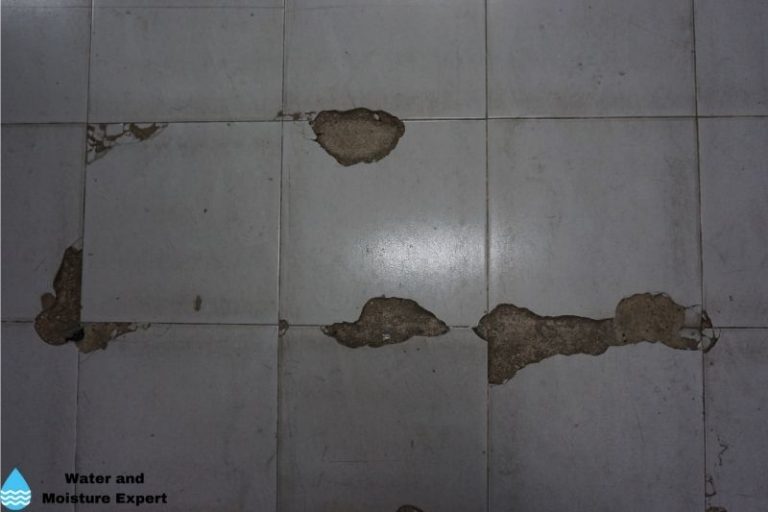Exactly How to Help Prevent Water Damage in Your Bathroom
Exactly How to Help Prevent Water Damage in Your Bathroom
Blog Article
Just how do you really feel when it comes to How to Prevent Bathroom Water Damage?

The shower room is incredibly susceptible for damp build-up as well as prospective water damages because of the regular use water in it. This post uses basic assessment methods to assist discovering water damage hazards.
The frequent use of water in the restroom makes it very susceptible for damp build-up as well as prospective water damages. By checking it frequently, you can minimize water associated problems.
The complying with collection of assessments is simple to do as well as ought to be done when in every three months in order to keep your restroom in good shape as well as to stop possible water damages caused by the bathtub, the shower, pipeline joints and also plumbing, sinks, cupboards, and the commode
Do not disregard performing these inspections and also be complete while performing them. Keep in mind that these straightforward assessments can save you a lot of cash by offering early signs for water damage
Bathtub and also Shower
The shower as well as bathtub call for unique attention and also upkeep. Check the floor tiles as well as replace if fractured. Ensure that there is no missing cement in between the tiles. Evaluate as well as replace split caulking at joints where the walls fulfill the floor or the bath tub. Blocked drains and also pipes troubles will prevent the tub from drying and also may show major troubles below the bath tub. Talk to a professional promptly to prevent architectural damage. Take notice of discolorations or soft locations around the bathtub wall surfaces as they may suggest an internal leak.
Plumbing
Signs for water damages are hard to identify because the majority of pipes are set up inside the wall surfaces.
Pay special focus to flooring as well as wall surfaces moisture and also stains as they might show an unnoticeable plumbing trouble. Check wetness degrees in adjoining spaces too.
Sinks and Cabinets
Sinks as well as closets are exposed to wetness and also humidity everyday and also are frequently ignored. Evaluate frequently under the sink and also on the countertop above it. Repair any type of drip in the catch as it may suggest drain troubles. Look around the sink, sluggish draining pipelines might show a blocked drain. Change sink seals if they are fractured or loose.
The Toilet
The bathroom is an at risk water joint. Check the water lines and search for leakages around the commode seat, in the tube, and under the water storage tank. If you find any kind of signs of moisture on the floor around the toilet, check for leaks in the toilet rim as well as container seals.
Know that hanging bathroom dish deodorants enhances the chances for blockages.
10 TIPS TO PREVENT WATER DAMAGE IN THE BATHROOM
The average household uses approximately 80-100 gallons of water per person per day. For a family of 4, that's almost 2,500 gallons of water a week! The largest portion of this consumption comes from bathroom use. Flushing the toilet uses the most water, followed by taking a shower or bath. With that much water running through the home, water damage in the bathroom is bound to happen. Knowing how to spot signs of a water leak is essential to preventing long-term damage. This guide provides you with tips to reduce the impact of water damage on your bathroom.
CAUSES OF BATHROOM WATER DAMAGE
Pipe breaks are the most common cause of water damage we see in our daily jobs. The age of a pipe plays a large role in a pipe break as well as corrosion. Over time, the metal begins to break down, allowing water to escape. Frozen pipe breaks are also a concern in the winter months. Toilet overflows caused by paper products or children flushing inappropriate items. Degraded caulking around the toilet or bathtub can allow water seepage, sometimes behind the fixture, into the subfloor or walls. Condensation forms when the water in a pipe is cooler than the air temperature. Beads of water form on the exterior of the pipes, sometimes so much so that the water begins to drip and pool below. Sink or shower backups created by poor drainage. HOW TO PREVENT WATER DAMAGE IN YOUR BATHROOM
Inspect your toilet supply line for worn or frayed hoses and replace them as needed. Winterize your plumbing to prevent a frozen pipe break. Use vent fans to prevent condensation that can lead to mold growth. Routinely check and replace degraded caulking around your toilet or bathtub. Increase the temperature in your toilet tank and insulate your pipes during the warm summer months to keep condensation from forming. Use child safety locks on the toilets. Flush only toilet paper. "Flushable" wet wipes are actually not good for your plumbing system. Additionally, feminine hygiene products should not be flushed. Prevent water from escaping the tub or shower. Make sure shower curtains are in good condition. Inspect shower doors and replace the seal strip if necessary. Wipe up any water that accumulates on the floor and use bath mats. Water left to sit can cause damage to the tiles and flooring. Refrain from using bath products containing heavy oils to avoid a clogged drain.

We were brought to that report about Preventing Water Damage in the Bathroom from someone on a different web page. Don't hesitate to take the time to distribute this blog if you liked it. Many thanks for your time. Visit again soon.
Visit Website Report this page